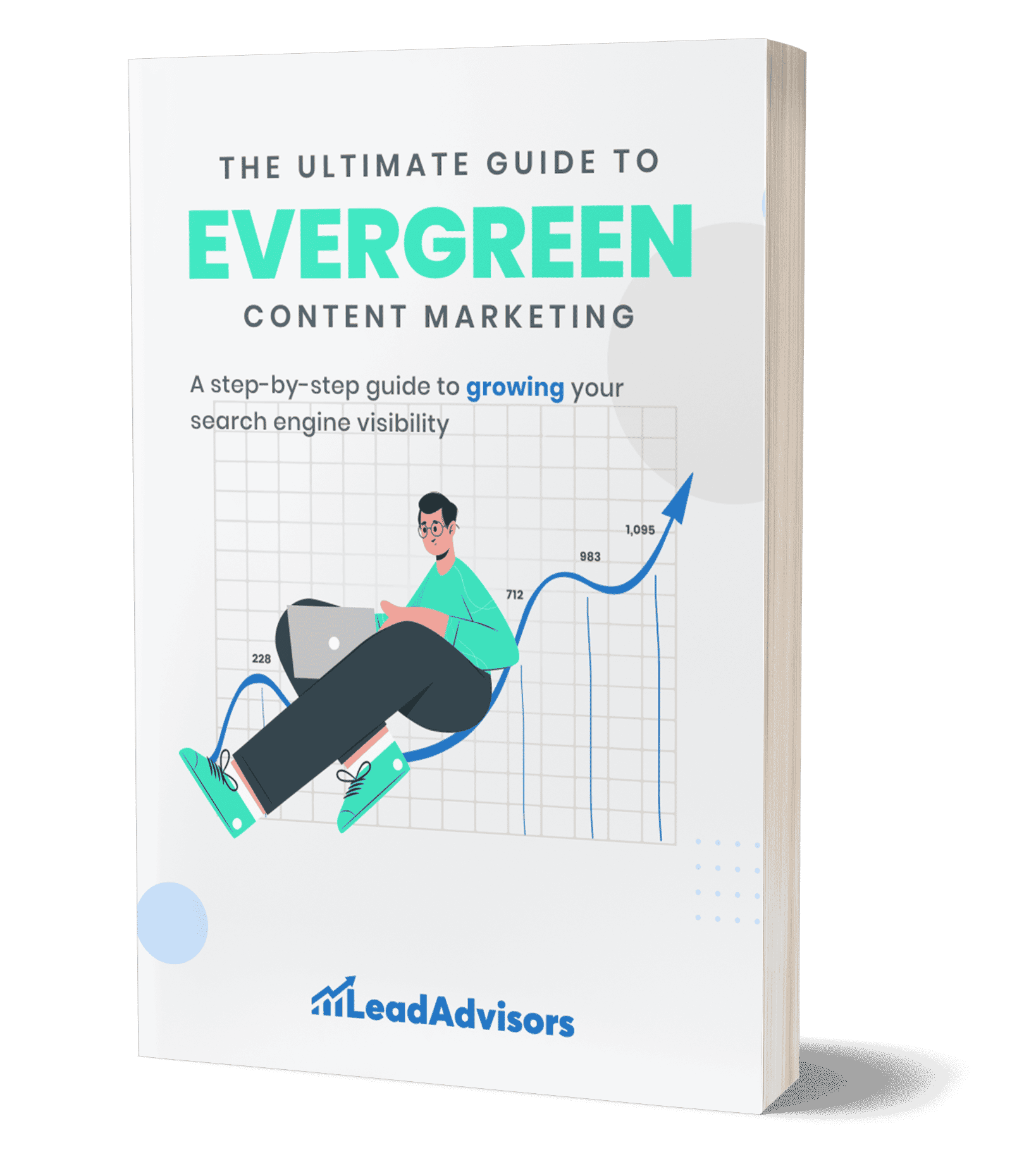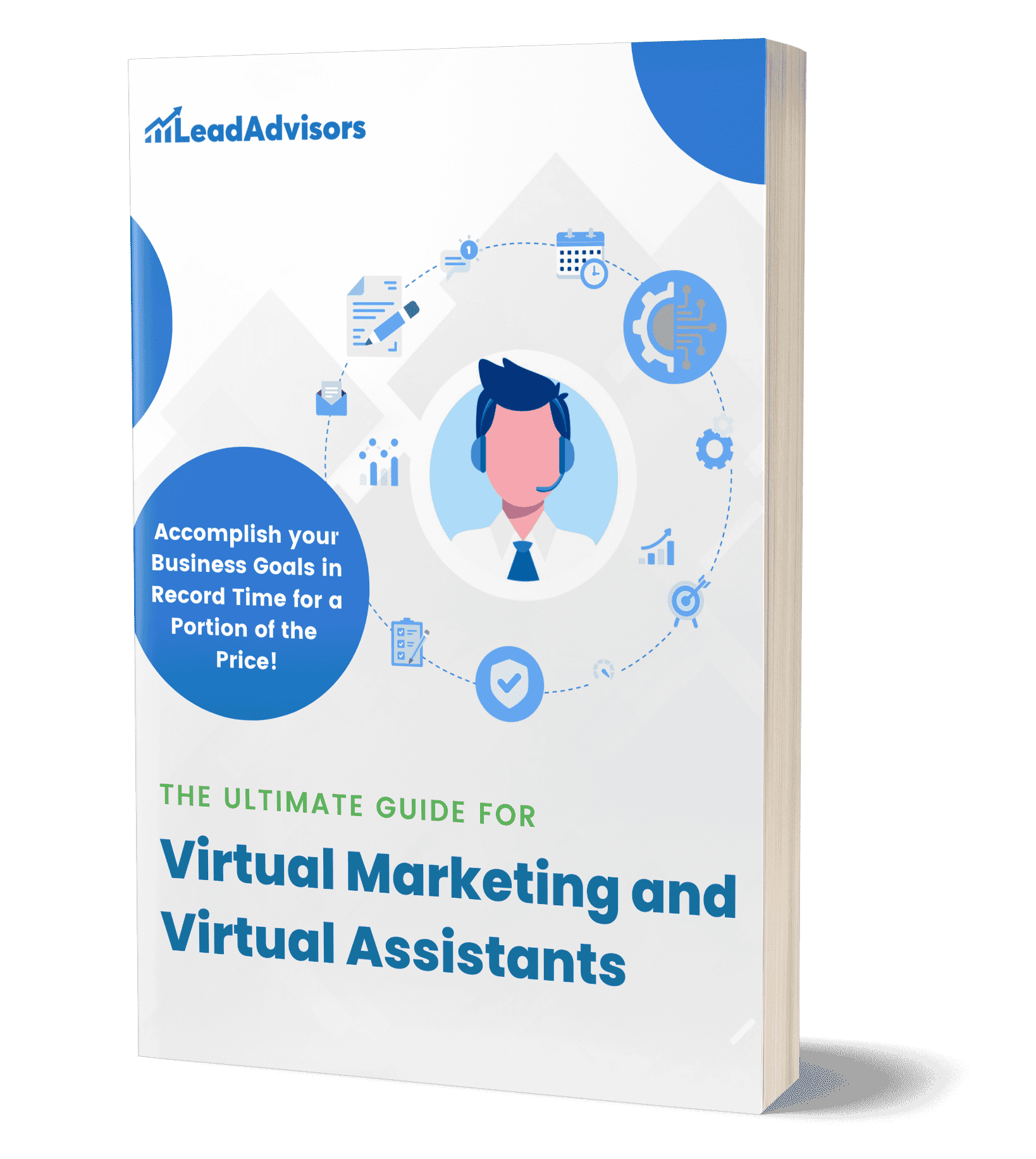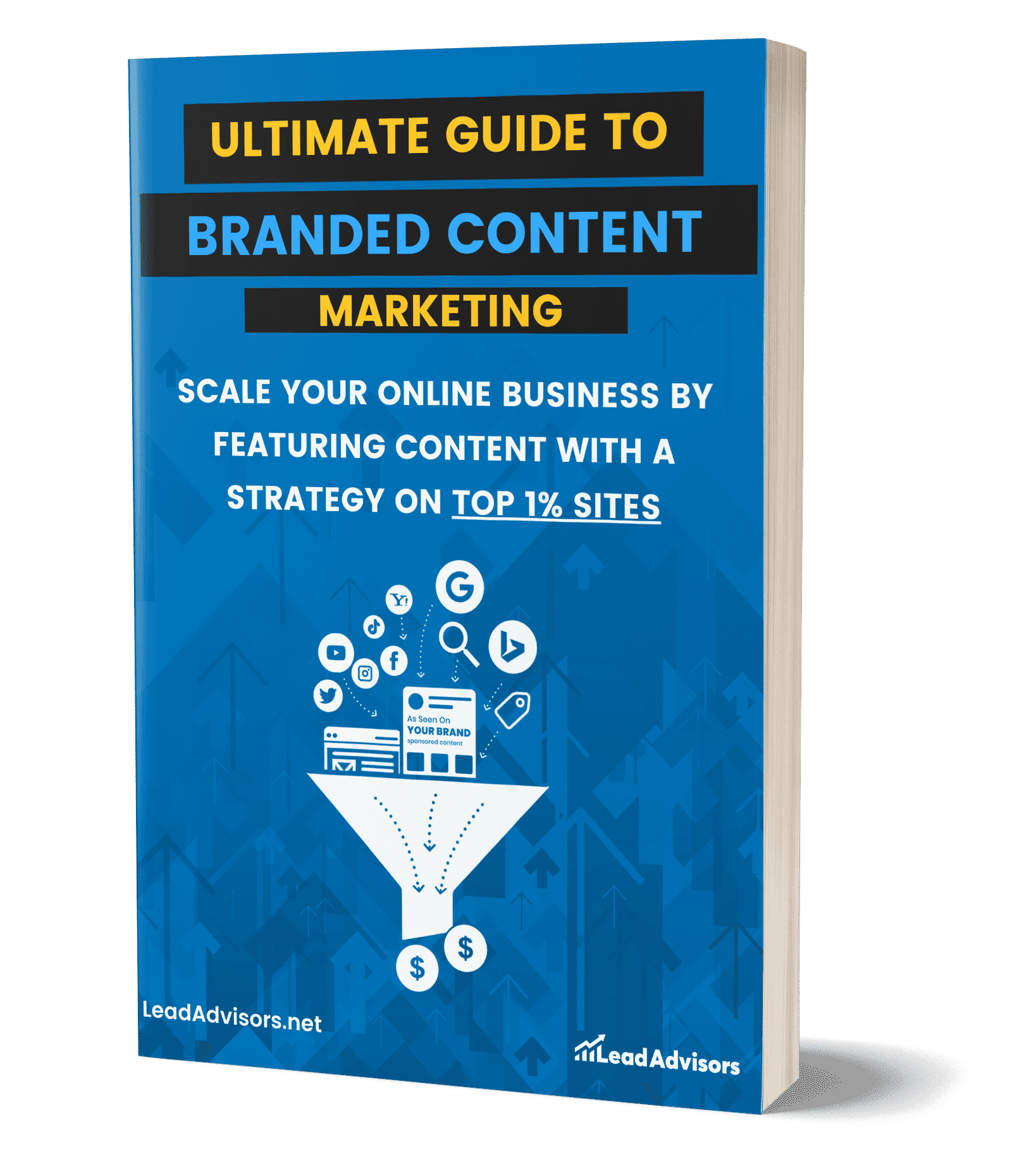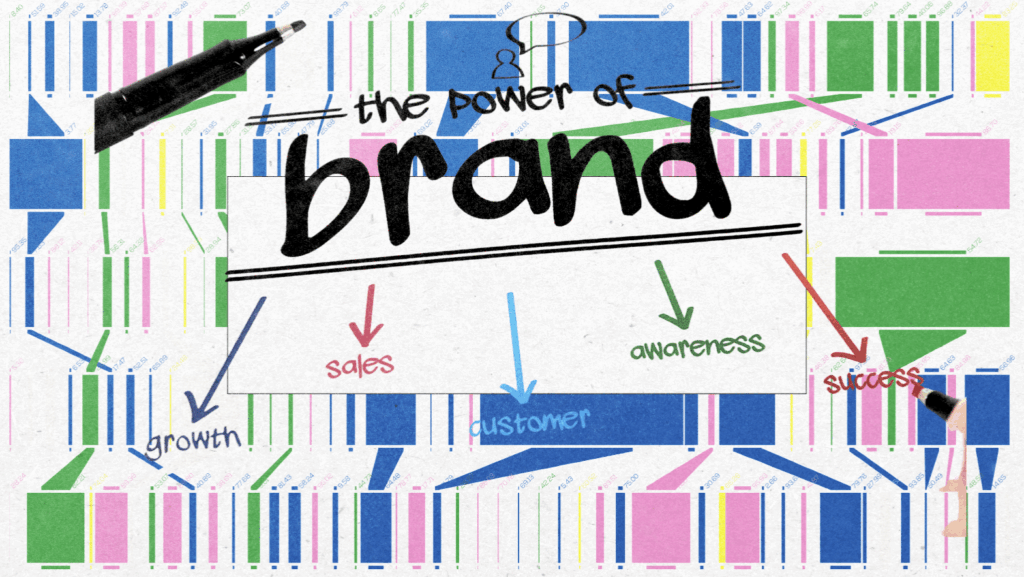Millions of people use search engines every day to compare products, find services, and answer questions. Search engine optimization (SEO) is how your content shows up in those results, without paying for ads.
Unlike paid search, SEO focuses on improving your site’s visibility in the organic results. It helps search engines understand your pages, match them to search queries, and rank them based on quality and relevance.
Modern SEO goes beyond keywords. It involves site structure, page speed, content freshness, internal linking, and earned backlinks. When done well, SEO brings in sustainable, high-quality traffic, without relying on ad spend.
Want to build a strategy that actually ranks in 2025? This guide covers everything you need—from keyword research to Core Web Vitals, AI-driven search trends, and the tools that matter now.
How Search Engines Work
Every time someone runs a search, search engines like Google Search respond in milliseconds. But what happens behind the scenes? It comes down to three steps:
The Basics: Crawling, Indexing, Ranking
Every time someone uses Google Search or another search engine, they’re not searching the live web—they’re searching a version of it stored in the engine’s index. That index is built and updated through three core actions:
- Crawling: Bots scan the internet by following links and reading pages.
- Indexing: Those pages are analyzed and stored in a searchable database.
- Ranking: When someone enters a query, results are ordered based on relevance, page quality, speed, and other signals.
Your site won’t appear in search engine results unless it’s crawled and indexed first. This is why making your website content accessible and well-structured matters so much.
What the SERP Looks Like in 2025
 The search engine results page (SERP) isn’t just a list of links anymore. It now includes multiple result types, like:
The search engine results page (SERP) isn’t just a list of links anymore. It now includes multiple result types, like:
- Featured snippets
- People Also Ask
- AI Overviews
- Videos, images, and product packs
- Local map listings
- Top stories and news carousels
This mix means your content could show up in more ways—but it also means more competition, even above the first organic result.
Google’s Index Is Not the Web
A key point: Google Search doesn’t scan the entire web live when you type in a query. It searches its index, which is a filtered, structured collection of pages it has already processed.
If your content isn’t included there—or if it’s blocked by poor site structure, broken links, or robots.txt rules—it won’t show up at all. Even the best content doesn’t help if search engines can’t reach or understand it.
That’s why strong technical SEO isn’t optional—it’s foundational.
The Three Pillars of SEO
 Strong SEO depends on three core areas: what’s on your site, what others say about it, and how it’s built behind the scenes. These pillars work together to influence how well your pages show up in search engine results.
Strong SEO depends on three core areas: what’s on your site, what others say about it, and how it’s built behind the scenes. These pillars work together to influence how well your pages show up in search engine results.
A. On-Page SEO
Focuses on what’s directly on your site—your content, keywords, layout, and HTML elements. It ensures each page is relevant, readable, and optimized for both users and search engines.
Keyword Research and Search Intent
Start by figuring out what people are typing into search engines and what they actually want to find. That’s where keyword research and intent come together. You’re not just finding terms—you’re matching those terms to useful, relevant website content.
- Google Keyword Planner
- Moz Keyword Explorer
- Ahrefs Keywords Explorer
- WordStream Free Keyword Tool
Content Structure and Metadata
Use clear headings (H1, H2, etc.) that reflect your main topics. Place your target keywords naturally—don’t force them. Make sure your title tags and meta description tags are unique, concise, and encourage clicks in search results.
Image Optimization
- Use clear, sharp images
- Write accurate alt text
- Use descriptive file names
- Keep images close to relevant text
- Compress to reduce load time
Internal Linking and Site Layout
Link between related web pages using keywords in the anchor text. A simple, clean site structure helps both users and search engines move through your site smoothly.
Mobile-First Design
Google looks at the mobile version of your page first. Make sure text is easy to read, menus are simple, and everything loads fast—especially on slower devices.
B. Off-Page SEO
Covers everything that happens outside your site to build trust and authority. This includes backlinks, brand mentions, reviews, and social signals that influence your search visibility.
Link Building
Links from other sites tell search engines that your page is worth showing. Earn them by publishing useful content on authoritative sites, sharing original data, pitching to journalists, or contributing to niche blogs.
Mentions and Social Presence
Brand mentions—even without a link—can help with visibility. Stay active on social media sites and keep your business consistent across platforms.
Local SEO and Citations
If you serve a local area:
- Keep your name, address, and phone number (NAP) consistent across directories
- Claim your Google Business Profile
- Ask for customer reviews
These steps help you show up in local search engine results and map packs.
Third-Party Trust
Mentions from credible sources—media, customers, partners—add legitimacy. Reviews, testimonials, and PR help build authority off-site.
C. Technical SEO
Involves the behind-the-scenes setup that helps search engines crawl, index, and understand your site. It includes site speed, mobile usability, structured data, and fixing technical errors.
Core Web Vitals
- Largest Content Paint (LCP): How fast your main content loads
- First Input Delay (FID): How soon users can interact
- Cumulative Layout Shift (CLS): How stable the page layout is
Security and HTTPS
Use HTTPS, not just HTTP. It matters for privacy and search engine rankings.
Sitemaps, Robots.txt, Canonicals
- Submit a clean XML sitemap
- Use robots.txt to manage what’s crawled
- Use canonical URLs to avoid duplicate content problems
Crawl Budget and Indexing
Use Google Search Console or Moz Pro to check:
- Which pages are indexed
- Which aren’t
- What errors exist
Fix crawl issues, broken links, or pages with poor performance.
Structured Data
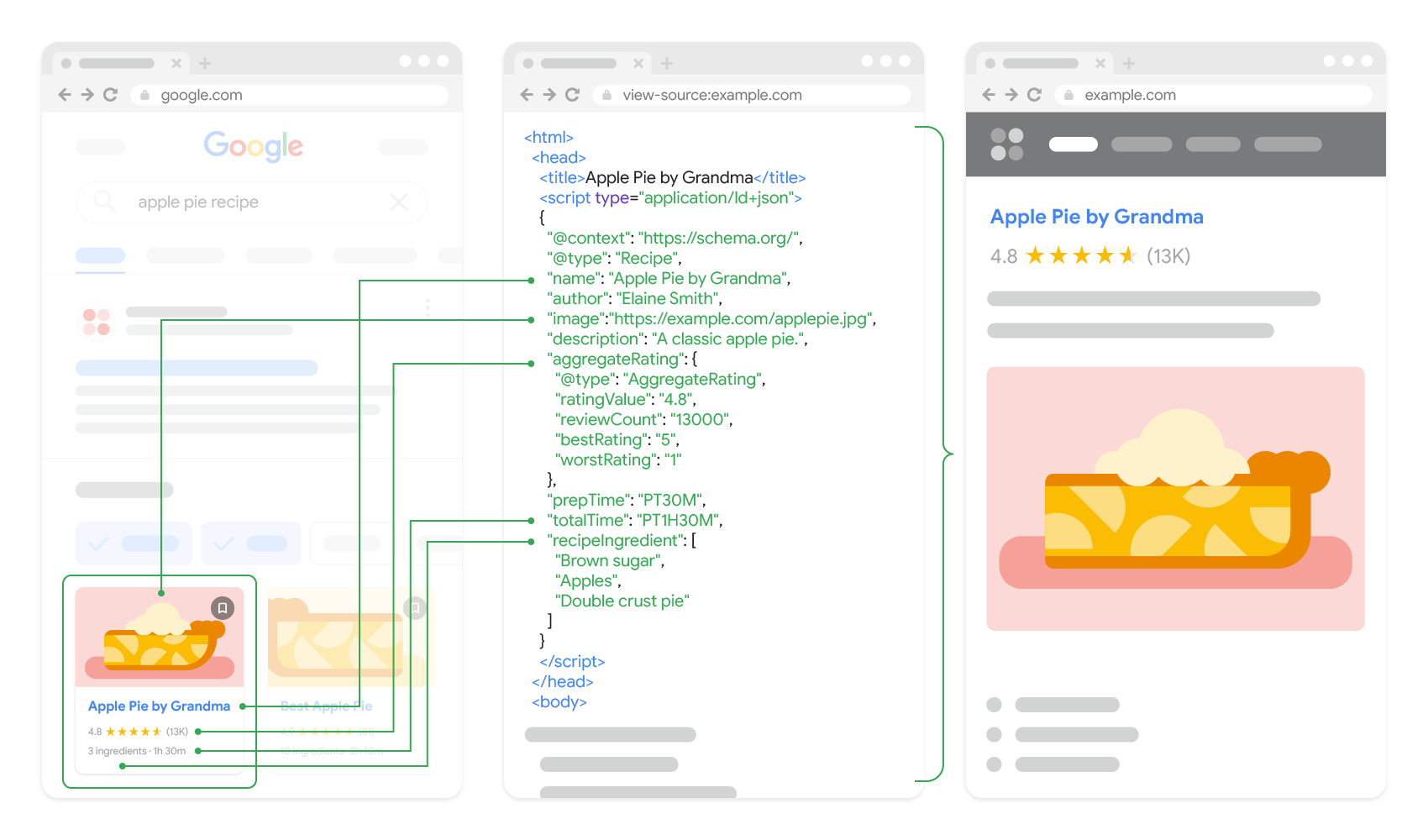
Add schema markup to your pages so they’re eligible for rich results—like review stars, FAQs, and event listings.
Troubleshooting Common Problems
Check for:
- 404 errors
- Redirect chains
- Thin or duplicate content
- Mobile load issues
- Poor internal linking
Tools to help:
- Google Search Console
- Screaming Frog
- Moz Pro Site Crawl
Content That Wins in 2025
 Search engines have raised the bar. Ranking in 2025 isn’t just about hitting keywords—it’s about creating content that’s genuinely useful. Here’s what to focus on if you want your pages to perform.
Search engines have raised the bar. Ranking in 2025 isn’t just about hitting keywords—it’s about creating content that’s genuinely useful. Here’s what to focus on if you want your pages to perform.
What Great Content Looks Like Now
Search engines in 2025 are better than ever at recognizing content that helps people—and ignoring content that only checks SEO boxes. If your page doesn’t offer anything useful, it likely won’t rank.
Content that performs well is:
- Original — not reworded from what’s already out there
- People-focused — answers questions clearly and quickly
- Useful — includes relevant examples, data, or steps someone can act on
It’s not about how long the page is. What matters is whether the content fully addresses the search query in a way that’s clear, trustworthy, and worth reading.
Content That Matches Search Intent
Every query has intent behind it. Before writing anything, figure out what kind of question the user is asking:
- Informational: looking to learn (“how to install solar panels”)
- Transactional: ready to buy or act (“affordable solar panel kits”)
- Navigational: looking for a specific brand or page (“Tesla solar roof login”)
If your content doesn’t match the intent, it won’t perform—no matter how optimized it is. The best way to check? Search the keyword and study the top results.
Multimedia Helps Users (and SEO)
Adding visuals isn’t just for looks—it makes your content easier to use. Pages that include:
- Images help explain ideas and break up text
- Videos boost time on page and build trust
- Charts or graphs make data easier to understand
Search engines often pull these into image packs or video carousels, which can give you more ways to show up in the search results.
Keep Your Content Fresh
Old content that’s outdated or ignored tends to drop in search rankings. If your site has posts from a year ago that haven’t been updated, review them.
Focus on:
- Updating key stats, tools, or product details
- Replacing outdated screenshots or broken links
- Adjusting for new search queries and keyword trends
- Rewriting weak sections to improve clarity and relevance
Search engines prefer website content that stays up to date—especially in industries that change quickly.
Avoid Thin and Duplicate Pages
Pages that are too short, too vague, or copied from somewhere else usually won’t rank. Common fixes include:
- Merging overlapping posts into one stronger article
- Adding original data, FAQs, or real-world examples
- Using canonical tags or redirects to avoid duplication
- Removing pages that don’t serve a clear purpose
If a page doesn’t help the target audience, it’s not helping your SEO strategy either.
Specializations Within SEO
Not all websites face the same challenges. Whether you’re running a store, a news outlet, or targeting global markets, certain areas of SEO require more specific tactics. Here’s how to approach them.
Local SEO
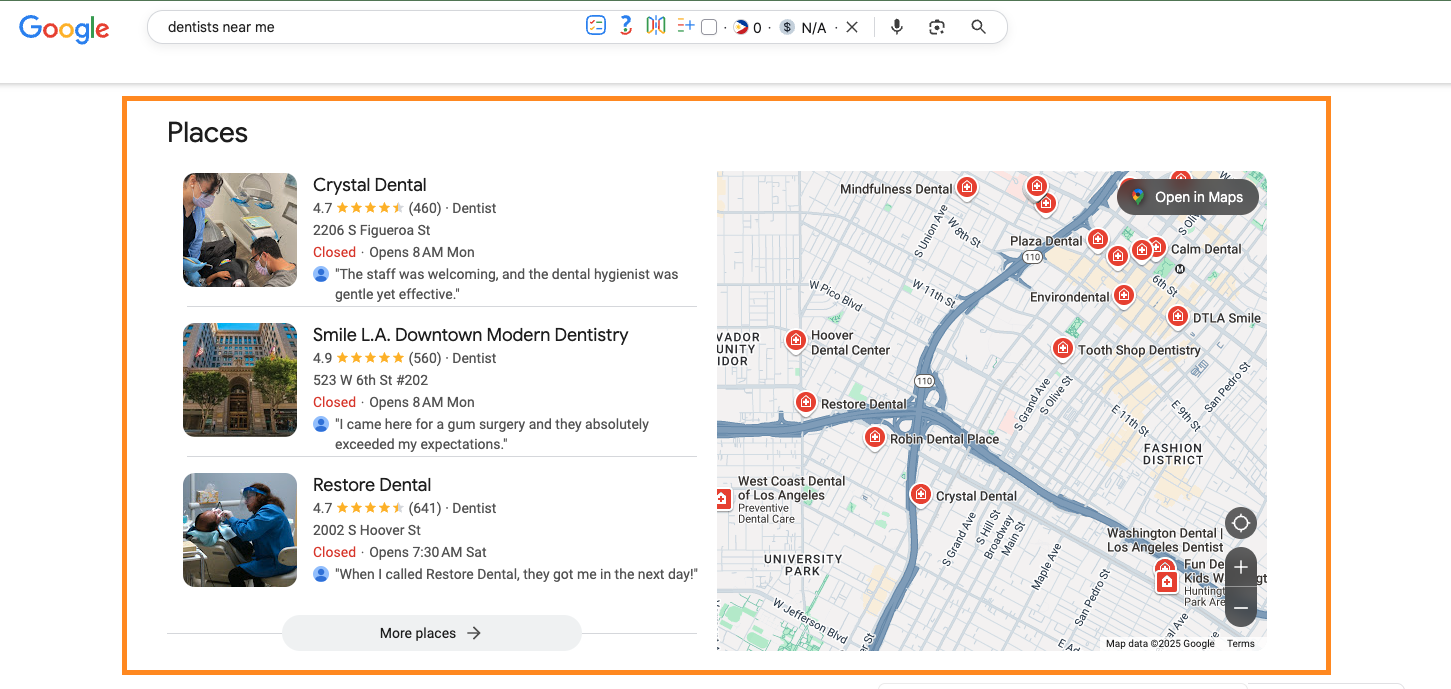 If your business serves a specific location, local SEO, like SEO for Dentists, helps you show up in Google Maps, the local pack, and location-based search results.
If your business serves a specific location, local SEO, like SEO for Dentists, helps you show up in Google Maps, the local pack, and location-based search results.
What to focus on:
- Claim and fill out your Google Business Profile
- Keep Name, Address, Phone (NAP) consistent across all directories
- Ask for reviews—and respond to them
- Use city-specific keywords and create local landing pages when needed
Local visibility depends on directory accuracy, reputation, and proximity. Don’t skip the basics.
Ecommerce SEO
Online stores deal with large catalogs, filters, and constant updates. Good ecommerce SEO makes it easy for search engines to understand your products.
Core tactics:
- Optimize category and product pages using keywords tied to buyer intent
- Use structured data for price, availability, and product info
- Manage filters and faceted navigation to avoid crawl issues and duplicate content
- Improve load times and mobile usability to reduce friction
Large ecommerce sites live or die by how well they scale the basics.
Read more: Need a Shopify SEO Expert? Here’s What Works in 2025
News SEO
For publishers and news-driven brands, speed and visibility are everything. News SEO is all about helping search engines index and display your stories fast.
Key actions:
- Submit a Google News sitemap
- Write headlines with clear topics and front-loaded keywords
- Use NewsArticle schema for better formatting
- Follow Discover guidelines: use strong images, original content, and trusted sources
Google wants timely, useful stories—not fluff.
Video SEO
Videos now show up in carousels, snippets, and even AI summaries. To rank, your content needs to be searchable and structured.
Checklist:
- Write clear, keyword-friendly titles and descriptions
- Add custom thumbnails and transcripts
- Place videos near related text on the page
- Use VideoObject schema to help with indexing
- On YouTube, optimize cards, end screens, playlists, and watch time
Video SEO blends technical setup and viewer engagement.
International SEO
If your content targets users in different countries or languages, you need to help search engines show the right version.
Best practices:
- Use hreflang to mark language and regional versions
- Pick a domain structure that fits: ccTLDs, subdirectories, or subdomains
- Translate and localize your content fully—don’t just swap words
- Host close to your users, or use a CDN to boost speed
International SEO is as much about context and clarity as it is about code.
Related reading: Content Localization: The Key to Engaging Global Audiences
Search Trends in 2025
Search isn’t just about blue links anymore. In 2025, results are shaped by AI tools, voice input, entity recognition, and features that often bypass the need to click at all. Here’s how to stay visible.
AI-Generated Answers Are Everywhere
Search engines now generate responses using tools like Google’s AI Overviews, ChatGPT with browsing, Bing Copilot, and Perplexity. These summaries often appear above the source links—or replace them.
To stay in the mix:
- Write short, clear answers to common questions
- Use structured data (schema) to tag important info
- Build out topic clusters to signal expertise
Read more: Content Localization: The Key to Engaging Global Audiences
Voice Search and Natural Language Queries
Smart devices have changed how people search. Queries are now longer, more casual, and often location-based.
To align with this shift:
- Use natural phrasing in your content
- Include question-style headings and FAQ sections
- Consider schema like Speakable markup (if applicable)
Entity-Based Search and Semantic SEO
Search engines understand topics more deeply now. They look at relationships between entities (people, products, places) rather than just matching keywords.
To help your content show up:
- Use internal links to connect related ideas
- Add schema that defines your content types
- Go deep on topics, not just surface-level keywords
Zero-Click Results Are the New Normal
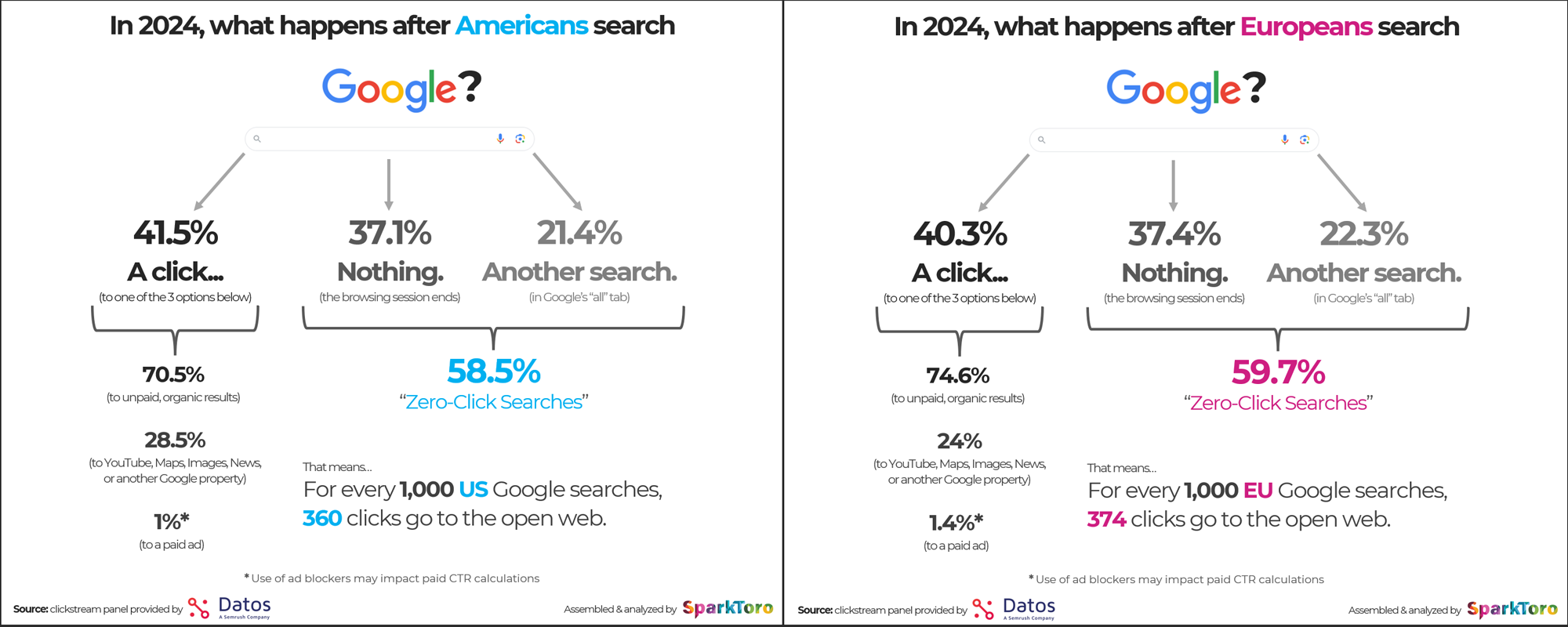
In many searches, users get what they need without clicking—through snippets, AI summaries, tools, and panels.
To compete:
- Optimize for visibility, not just traffic
- Use schema to help your content surface in different formats
- Make your content valuable enough to earn a click, even in a zero-click result
What This Looks Like in Real Searches
You might see:
- A product list ranked below a summary from an AI Overview
- A restaurant’s FAQ quoted in a ChatGPT snapshot
- A YouTube tutorial pulled into a how-to result
- A blog post featured in Google Discover, driven by user behavior
Search in 2025 means creating content that stands out across formats and devices—whether it’s seen by a person, an assistant, or an AI model.
Tools Every SEO Should Know
To run effective SEO in 2025, you need more than skills—you need the right tools. Here’s a breakdown of essential options across key categories.
Keyword Research
- Google Keyword Planner – Free, accurate, and backed by real search data
- Moz Keyword Explorer – Useful for finding opportunities and evaluating SERPs
- Ahrefs – Great for keyword ideas, trends, and difficulty scoring
- WordStream – Simple and beginner-friendly for fast keyword discovery
Technical Audits
- Screaming Frog – Industry standard for crawling and diagnosing issues
- Google Search Console – Tracks indexing, site errors, and performance
- PageSpeed Insights – Measures Core Web Vitals and gives speed improvement tips
Backlink Tools
- Moz Link Explorer – Checks backlinks, domain authority, and spam score
- Ahrefs Site Explorer – Deep link data with historical tracking
- SEMrush Backlink Audit – Helps find and fix risky links
All-in-One Platforms
- Moz Pro – Covers rankings, links, on-page SEO, and reporting
- BrightEdge – Enterprise-level SEO platform with AI-based insights
- Siteimprove – Focuses on accessibility, content quality, and technical SEO
Browser Extensions
- MozBar – View link metrics and page elements right in Chrome
- Lighthouse – Built-in tool for performance and accessibility audits
Read more: Best SEO Chrome Extensions (2025)
SEO Strategy and Measurement
To see consistent gains in organic visibility, SEO needs to be planned, executed, and measured like any other marketing effort. Here’s how to build a strategy that’s both practical and performance-driven.
Building a Data-Led SEO Plan
A strong SEO strategy starts with clear goals and audience intent. From there, blend technical audits, content improvements, and link-building tactics into a plan you can test and refine.
Start with:
- Auditing current performance (keywords, traffic, rankings)
- Analyzing competitors
- Spotting content gaps and technical blockers
- Prioritizing based on ROI
- Implementing, measuring, and iterating consistently
Setting KPIs That Actually Matter
Track what drives results—not just what looks good in reports. Useful SEO KPIs include:
- Click-through rate (CTR)
- Search impressions and average position
- Organic traffic volume
- Goal completions (form fills, purchases)
- Conversion rate from organic traffic
Reporting with GA4, Search Console, and Dashboards
- Google Analytics 4 tracks user behavior, sessions, and conversions
- Google Search Console shows keyword impressions, crawl issues, and indexing status
- Looker Studio (or other dashboards) can combine both into visual reports for stakeholders
Realistic Timelines for SEO Results
SEO isn’t instant. Results depend on industry, domain strength, and effort.
- Early improvements may appear in 4–6 weeks
- Sustainable growth generally takes 3–6 months
- In competitive markets, it often takes a year or more
SEO and CRO Work Together
Traffic means little without conversions. Use Conversion Rate Optimization (CRO) to turn visits into revenue.
- Use A/B testing (Optimizely, Google Optimize)
- Analyze page paths and drop-off points
- Test CTAs, reduce friction, and improve UX
Common Pitfalls and Outdated SEO Tactics
Not all SEO advice holds up. Here are outdated or counterproductive practices to skip:
Keyword Stuffing and Meta Keyword Tags
Repeating the same terms doesn’t help—and it hurts user experience. The meta keyword tag hasn’t mattered in years.
PageRank Obsession or TLD Myths
Google retired public PageRank. The domain extension (.com, .tech, etc.) makes little difference unless you’re targeting a country-specific audience.
Subdomain vs. Subdirectory Confusion
Putting SEO-critical content in subdomains can dilute your site’s authority. Use subdirectories unless there’s a structural reason not to.
Content Length Rules
There’s no perfect word count. Your page should answer the search query completely—regardless of length.
Misunderstanding E-E-A-T
E-E-A-T (Experience, Expertise, Authoritativeness, Trustworthiness) helps guide quality, but it isn’t a direct ranking factor. Focus on delivering useful content people trust.
The Future of SEO
SEO isn’t going away—it’s evolving fast. With AI-generated answers and search features changing how results appear, the work now goes beyond keywords. It’s about staying visible in all the formats search engines now use.
SEO in an AI-Led Environment
AI tools like Google’s AI Overviews and ChatGPT are influencing how information is summarized and delivered. Your content has to be structured for both users and machines.
What to focus on:
- Clear formatting with schema markup
- Pages that directly answer common questions
- Clusters of related content to show authority
- Technical foundations that make content readable by machines
Search Visibility, Not Just Rankings
Search results are packed with features—snippets, carousels, maps, videos, and more. Your goal is to show up where users are most likely to engage.
Key elements:
- Be eligible for rich results (use schema)
- Include high-quality visuals
- Build trust with real reviews, ratings, and author info
SEO Relies on Cross-Functional Work
SEO doesn’t stand alone. It needs input from UX, branding, and conversion teams to be effective at scale.
Key partners:
- UX: Clean navigation, fast loading, mobile-first layouts
- Brand: Consistent voice and trustworthy messaging
- CRO: Testing, personalization, and funnel optimization
Skills SEO Pros Need to Grow
Tomorrow’s SEO pros will need to know more than just rankings. To stay competitive, build skills across technical and creative areas.
Recommended areas:
- Analytics and reporting
- Content planning and editorial workflows
- Intro to AI and machine learning
- HTML, CSS basics
- UX, accessibility, and conversion strategy
Final Notes
SEO in 2025 is practical, not flashy. It’s about serving users well and structuring content in ways that work for both humans and machines.
- Keep it user-first
Search engines reward helpful, fast, and trustworthy content. - Don’t chase shortcuts
The fundamentals still win: clean site structure, useful pages, solid links. - Start small and improve
You don’t need to do everything at once. Build what matters, measure what works, and improve steadily.
Whether you’re growing a new site or leading SEO for a global brand, the goal is simple: Make great content easy to find—and worth finding.



